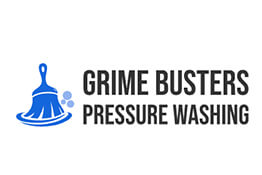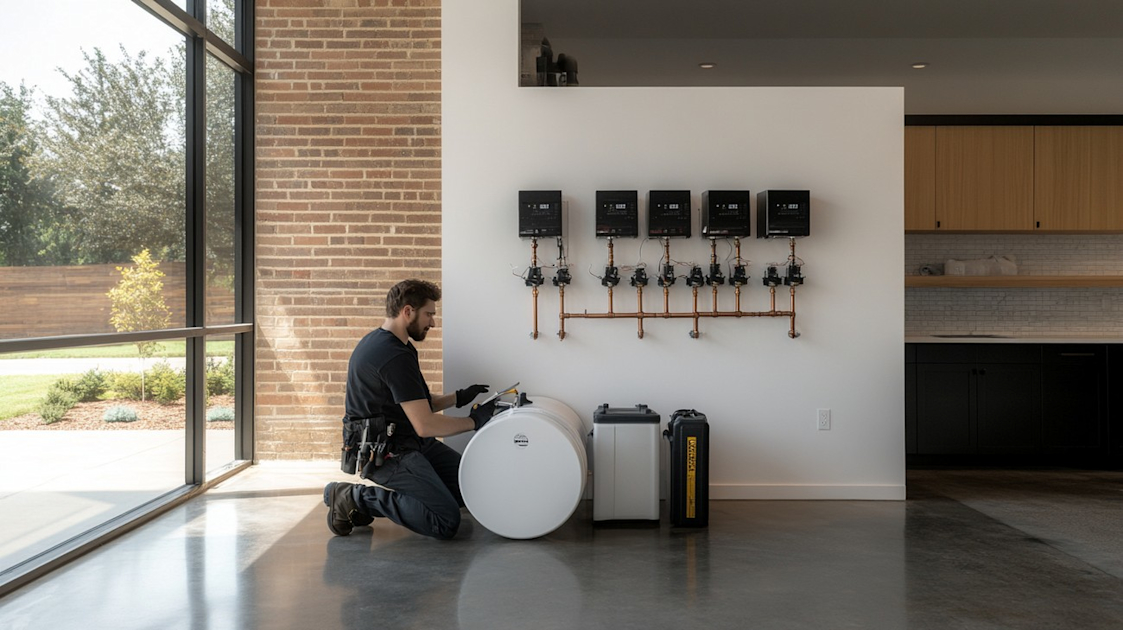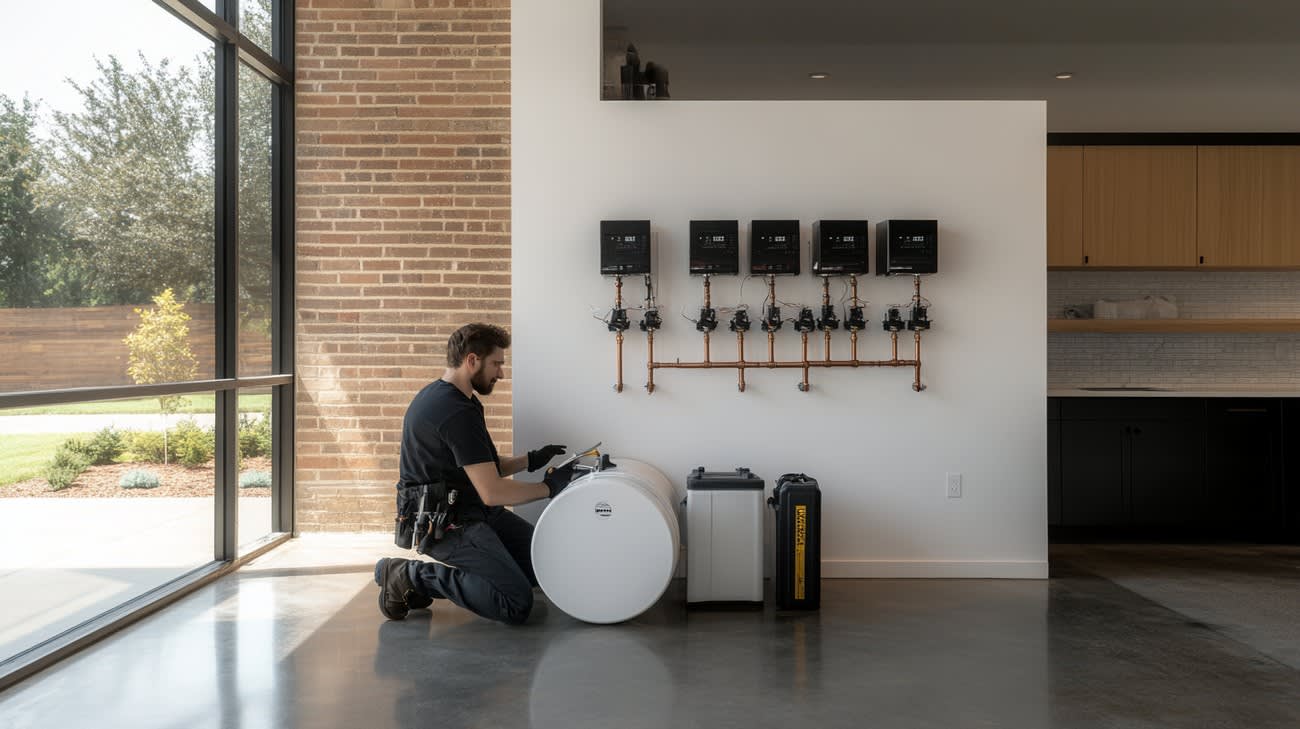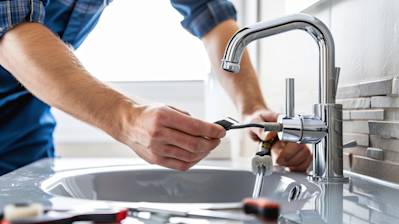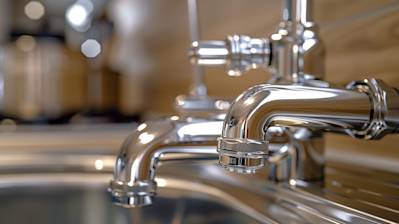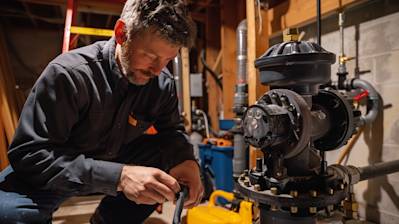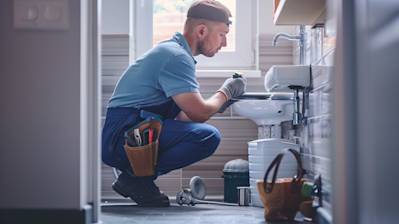Repairing the vital mechanisms in your home can seem daunting. But having in-depth knowledge about them can take some of the stress away. One such essential yet often overlooked component is the expansion tank. This blog is designed to provide an exhaustive guide on expansion tank repair, simplifying your understanding and guiding you through the repair process.
Understanding Your Expansion Tank
Before diving into the nitty-gritty of expansion tank repair, it's important to understand what this device is. Located next to your water heater, an expansion tank serves as a backup system to manage water pressure increase. When water heats up, it expands and needs somewhere to go. If your plumbing is closed, this additional volume can cause severe damage. That’s where your expansion tank comes in, absorbing this excess water and preventing potential problems.
Indications of Faulty Expansion Tanks
Understanding when your expansion tank might need repair can save you from high repair costs and unnecessary headaches. Here are some common signs that your expansion tank might be faulty:
- Water leakage around the tank
- Loud noises emanating from the water heater
- Erratic water pressure changes
- Water temperature fluctuation
Knowing these signs will help you intervene early, avoiding larger and more expensive problems in the future.
DIY Steps for Expansion Tank Repair
Here are some steps you can follow to repair your expansion tank. Remember to prioritize safety at all times during this repair process.
Step 1: Shut Off the Water & Power Supply
Turn off the power supply to your water heater. If you have an electric heater, switch off the circuit breaker, or if you have a gas-based heater, switch off the gas supply valve. It's also crucial to turn off the water supply.
Step 2: Check the Pressure
You'll need a tire pressure gauge to check the pressure in your expansion tank. Attach the gauge to the valve on the bottom of your tank. If there's no pressure, it means your tank is waterlogged.
Step 3: Drain the Tank
To repair a waterlogged tank, you'll first need to drain it. Attach a garden hose to the tank's drain valve and place the other end at a location where you can safely dispose of hot water. Open the valves and let the tank drain completely.
Step 4: Refilling and Rechecking the Pressure
Close the drain valve and disconnect the hose. Allow the tank to refill, periodically check for leaks or drips. Use the tire pressure gauge to check the pressure again; it should register once the tank is full.
Step 5: Restore Power Supply
Once you're sure the tank is in working condition, restore power to the water heater and return the system to its normal usage.
-and-
Benefits of Timely Repair of Expansion Tanks
Let's explore why timely repair of your expansion tank is essential:
- Prevent Water Damage: If the expansion tank fails, it can result in water damage in your home. Prompt repair can save you from costly repairs to your property.
- Reduce Noise: An expansion tank in disrepair can generate annoying noises. Fixing it promptly will give you a quieter and more peaceful living environment.
- Energy Efficiency: A well-maintained expansion tank reduces the work your water heater has to do, therefore increasing energy efficiency and reducing your monthly bills.

Frequently Asked Questions about Expansion Tank Repair
What are the Indicators of a Faulty Expansion Tank?
Typically, a faulty expansion tank will have apparent signs such as water leaks or visible rust. If you notice air bubbles in your plumbing system, some strange noises, or overheating, these could also indicate a problem with your expansion tank. It is advisable to seek expansion tank repair if you notice any of these signs to avoid more serious problems later.
How Often Should an Expansion Tank be Repaired?
The frequency of expansion tank repair largely depends on the quality and conditions of usage. However, as a rule of thumb, you should have your expansion tank checked at least once every year. This preventive measure ensures that any unforeseen damage is detected and promptly rectified during repair. If your expansion tank is used in severe conditions, repair and regular checkup frequency may be higher.
How is Expansion Tank Repair Done?
Expansion tank repair begins with identifying the problem. A professional plumber will inspect the tank to ascertain the root of the issue — whether it's a leak, malfunction, or damage. After the issue has been identified, the necessary repair actions will be taken, which could involve replacing faulty parts or the entire tank, depending on the severity of the damage.
Do I Need a Plumber for Expansion Tank Repair?
Yes, hiring a qualified plumber for expansion tank repair is typically recommended. Given the complex nature of tank repair assignments, a trained plumber can identify and solve any underlying issues you might not see. A competent plumber would also ensure the repair process doesn't negatively affect your entire plumbing system.
How Long Does Expansion Tank Repair Take?
The duration for expansion tank repair depends on the extent of the damage. A relatively simple repair, such as patching up a small leak, could take only a couple of hours. However, for extensive damages that may require replacement of parts or the entire tank, the repair could take several days.
Can I Do an Expansion Tank Repair by Myself?
While it's possible to handle minor expansion tank repairs yourself if you have some plumbing knowledge, it's generally recommended to let a professional do it. An untrained repair attempt could lead to further complications or even completely damage your expansion tank. Moreover, a professional ensures all safety standards are met during the repair process.
Are there Alternatives to Expansion Tank Repair?
Yes, there are alternatives you can consider. If your expansion tank is significantly damaged or old, it might be more cost-effective and beneficial to replace it instead of repairing it. This decision would depend on the advice given by your professional plumber after assessing the tank's condition.
What Safety Measures Should I Keep in Mind During Expansion Tank Repair?
Before starting the expansion tank repair process, it's vital to ensure the tank is not pressurized and the power supply to your entire plumbing system is turned off. Always wear protective gear and ensure the workspace is well ventilated. If you're not confident in handling the repair yourself, seek professional help.

Pros of Expansion Tank Repair
Cost-Effective Solution
Reduces Overhead Expenditure
Repairing your expansion tank often costs significantly less than replacing the whole unit. This makes expansion tank repair an attractive option for many homeowners and landlords. Instead of splurging on brand new tank, you can just repair the existing one by replacing certain parts. This is especially beneficial if you are on a tight budget.
Prevents Future Repairs
Getting your expansion tank repaired promptly can stop minor problems from turning into major issues. This is in line with the popular sentiment of nipping problems in the bud. Smaller fixes now can definitely prevent larger and often more expensive repairs in the future.
Preserves the Lifespan
Prolongs Tank’s Life
The proactive approach of repairing any minor issues can extend the lifespan of the apparatus. Many repair services often come with maintenance checks. These routine checks identify and address budding issues that might have gone unnoticed and thereby help maintain the tank in top working condition.
Prevents Structural Damage
Failing to repair an expansion tank can lead to extensive structural damage over time. Therefore, repairing a faulty tank minimally prolongs a system's life but can also prevent damage to adjacent structures.
Environmental Perks
Reduces Waste
Choosing to repair rather than replace your expansion tank also has environmental benefits. By making the repair, not only are you saving money but also preventing waste. Each time an expansion tank is disposed of, it contributes to the ever-growing waste issue.
Conserves Resources
In addition, repairing your tank rather than replacing it conserves resources. The production of new tanks demands a significant amount of resources while generating a substantial amount of carbon footprint. Repairing helps minimize these environmental impacts.
Cons of Expansion Tank Repair
Time-Intensive
Difficulty Sourcing Parts
Attempting to repair an old or rare expansion tank can be time-consuming, simply due to the difficulty in sourcing the required parts. You may find yourself spending vast amounts of time trying to locate the right parts in the market.
Time-Consuming Repair
Some tank repairs can be complex and require the attention of a licensed professional over an extended period. If your tank needs to be taken apart for the repair, it could lead to inconveniences due to its long downtime.
May Not Always Be Feasible
Repair Might Not Be Possible
There will always be cases where a repair isn't possible or practical. These can result from irreparable damage or a severely outdated model. In such situations, it would be more feasible to replace the entire tank.
Temporary Fix
In some instances, a repair might only serve as a temporary fix. The underlying issue might continue to arise, necessitating frequent repairs and resultant inconveniences. In such instances, replacement provides a longer-term solution compared to repeated repairs.
Professional Assistance Required
Requires Expertise
Expansion tank repair often necessitates the expertise of a trained technician. While some owners might be lucky enough to perform a simple repair, most owners will need to hire a professional for proper and safe handling.
High Service Costs
While the repair parts themselves might not be very expensive, the cost of professional service can elevate the overall cost significantly. This is especially true if the repair is complex, which would also increase the labor hours, thus driving up the labor charges.

Myths and Misconceptions about Expansion Tank Repair
Expansion tank repair is an essential aspect of maintaining the correct operation of a heating or cooling system in any building. These tanks aid in the management of fluctuations in pressure that occur naturally as fluid changes temperature. Yet, many myths and misconceptions surround expansion tank repair due to a lack of understanding of how these systems work. It's time to debunk a few common ones.
Myth 1: Expansion Tanks Never Require Maintenance or Repair
Misconception
One of the most pervasive myths about expansion tanks is that they are maintenance-free and don't require any repair. This belief stems from the durable construction of most expansion tanks and their inherent longevity, leading people to assume they are invincible mechanical components.
The Truth
While expansion tanks are indeed built to withstand pressure and temperature fluctuations, they are not immune to wear, tear, faults, or corrosion. Like any other piece of equipment, they need regular inspection and possible maintenance or repair. Failure to do so could lead to more costly issues like system failure or even property damage due to leaks.
Myth 2: Expansion Tank Problems Are Always Visible
Misconception
Another common misconception is that expansion tank problems are always visible to the naked eye. People often believe they will notice a leak or rupture readily, alerting them to the need for repairs.
The Truth
While some issues, such as leaks or physical damage, are indeed observable, many expansion tank problems are not immediately visible. For instance, an internal bladder can fail, causing the tank to fill with water and lose its ability to regulate pressure. This issue will not be visible without a proper inspection.
Myth 3: Any Plumber Can Repair an Expansion Tank
Misconception
There's a widespread belief that any plumber can handle any plumbing-related task, including expansion tank repair. This misconception often results in hiring inexperienced or unqualified technicians for complex tasks.
The Truth
While a general plumber may be able to handle some expansion tank issues, many scenarios require specialized knowledge. Consider hiring a professional who specializes in heating and cooling systems for such problems. They will be able to diagnose issues more accurately and perform more effective repairs.
Myth 4: All Expansion Tanks Work the Same Way
Misconception
People often believe that all expansion tanks work the same way, regardless of the system in which they are installed. This results in the thought that repair methods are universal across tanks.
The Truth
There are different types of expansion tanks, like open, closed, and diaphragm tanks, all operating differently and requiring unique approaches for repairs. A technician needs to understand the specific make and design of a tank before attempting a repair.
Myth 5: Expansion Tank Repair Is a DIY Job
Misconception
Many homeowners and property managers are under the impression that expansion tank repair is a straightforward DIY job. This appears to stem from the incorrect belief that these tanks are simple pieces of equipment.
The Truth
Expansion tank repair often involves intricate work and requires an understanding of plumbing, heating, and cooling systems. Without the necessary knowledge and tools, a DIY job could lead to more damage or potential safety risks. Always rely on experienced professionals to carry out such important tasks.
By dispelling these myths and misconceptions about expansion tank repair, homeowners or facility managers can better understand the importance of regular inspections, qualified repair services, and maintenance practices. Awareness will ensure the prolonged life and proper functioning of expansion tanks, ultimately saving time, money, and preventing unnecessary headaches.
Summary
Fixing a faulty expansion tank might seem like a daunting task, but the process can be surprisingly straightforward when you have the right information and tools. Expansion tank repair generally involves inspecting for leaks, checking the pressure, and if necessary, replacing the faulty tank. Knowing how to identify a problem and what steps to take to address it can save you time, money, and the worry that comes from dealing with unexpected malfunctions.
Whether you're a homeowner keen on DIY or a professional plumber seeking to enhance your skills, understanding the basics of an expansion tank repair can definitely come in handy. Consider learning more about your tank's setup, operation principles, and maintenance needs. This knowledge can go a long way towards ensuring that your system remains in good working condition and that you're well prepared to handle any potential issues.
At the end of the day, the best practice is to keep a close eye on your home's plumbing system. Regular inspection and routine maintenance can keep unexpected expansion tank repairs to a minimum. And remember, if you're not comfortable making these repairs yourself, there's no harm in calling a professional. Safety and effectiveness should always be your top priorities when dealing with essential home system repairs.
About KYPD Plumbing
KYPD Plumbing is a locally-owned and operated plumbing company nestled right in the heart of Lexington, KY. With a fierce dedication to our community, we pride ourselves on taking the stress out of any plumbing situation with swift, professional service. Our highly-skilled team is made up of experienced plumbers who don't rest until your plumbing is functioning perfectly. Our exceptional service cover all areas within and around Lexington, offering solutions for everything from minor leaks to major renovations. Remember, when it comes to exceptional plumbing services in Lexington, KYPD Plumbing has got you covered.
Tags: boiler, heating system, pressure relief valve,
